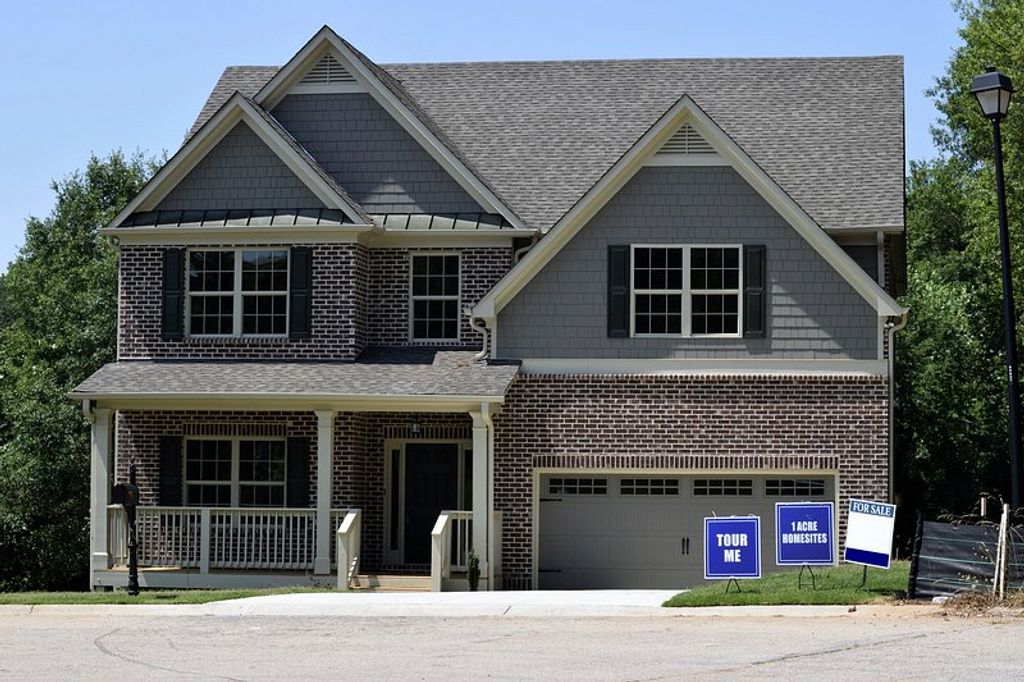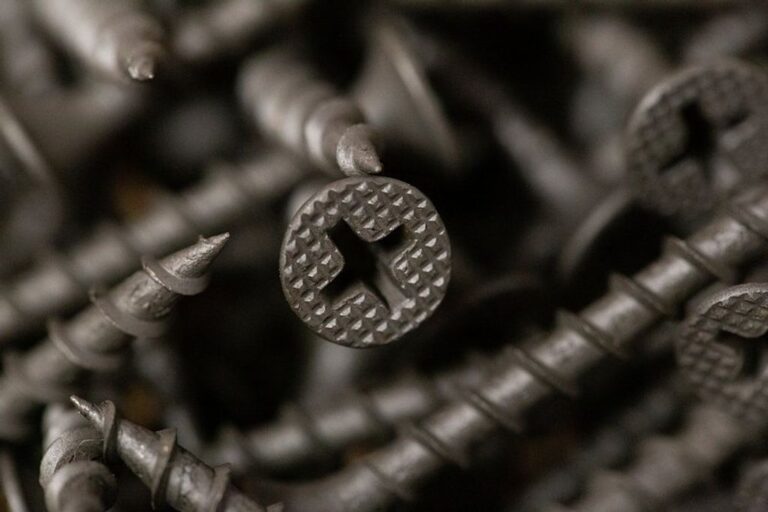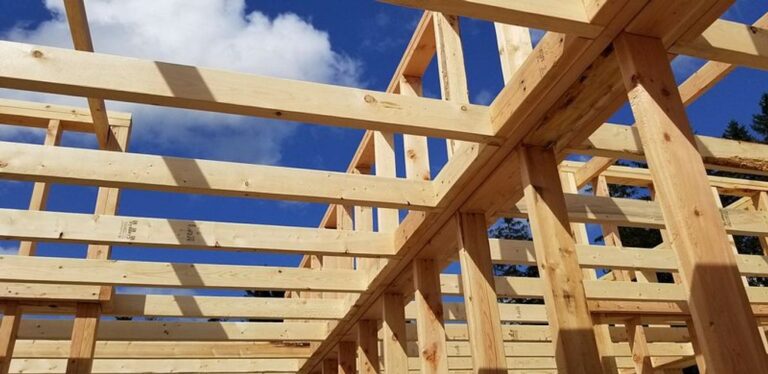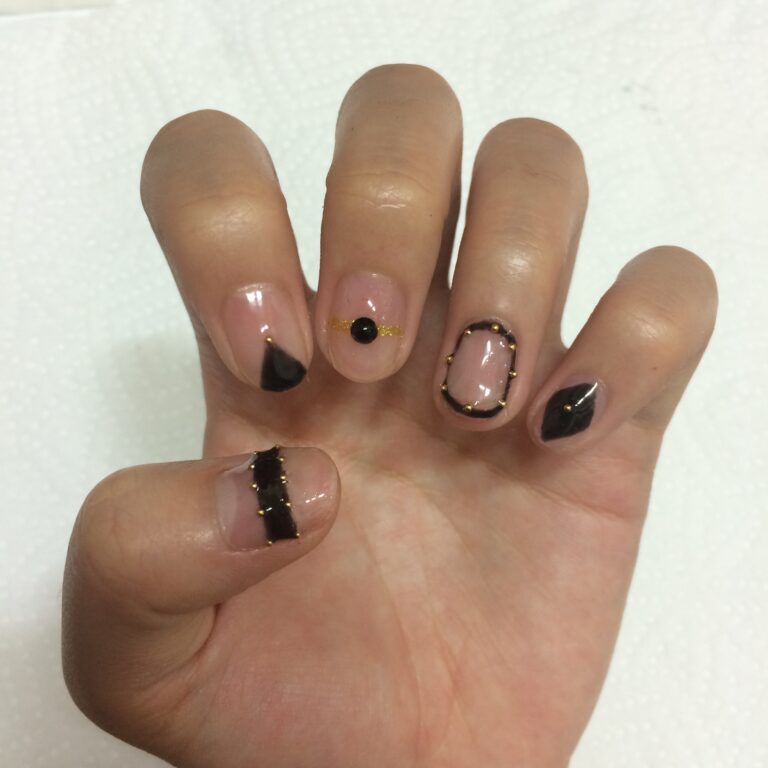“Vinyl Vogue: What Nails for Vinyl Siding Elegance”
Vinyl siding has experienced a renaissance in modern architecture, offering a blend of historical charm and contemporary elegance. As the demand for vinyl siding grows, the selection of the perfect nails for installation becomes crucial. From installation techniques to aesthetic considerations and maintenance, there are key insights to consider. This article explores the nuances of vinyl siding and provides valuable information on selecting, installing, and maintaining vinyl siding elegantly.
Key Takeaways
- Understanding the different nail types and sizes is essential for a successful vinyl siding installation.
- Choosing the right nail composition based on material and environmental factors is crucial for long-term durability.
- Proper nail placement is key to ensuring maximum durability and structural integrity of vinyl siding.
- Color coordination with vinyl panels and the use of hidden fasteners contribute to a seamless and visually appealing siding installation.
- Routine inspection, nail replacement, and proper cleaning are essential for the maintenance and longevity of vinyl siding.
The Renaissance of Vinyl Siding

Historical Popularity and Modern Revival
Vinyl siding has a rich history of popularity and a modern revival in contemporary architecture. The historical significance of vinyl siding as a durable and cost-effective building material has contributed to its resurgence in the modern era. With advancements in manufacturing and design, vinyl siding has evolved to meet the aesthetic and functional demands of today’s architectural landscape. This resurgence is evident in the increasing adoption of vinyl siding in new construction and renovation projects, reflecting a renewed appreciation for its enduring qualities and versatile applications. The modern revival of vinyl siding underscores its enduring appeal and adaptability in architectural design and construction.
Advantages of Vinyl in Contemporary Design
Vinyl siding has become a staple in modern architecture due to its versatility and cost-effectiveness. The material’s durability stands out, as it resists fading, cracking, and peeling, which translates into lower maintenance costs over time. Additionally, vinyl siding offers excellent insulation properties, contributing to energy efficiency in homes.
Ease of installation is another significant advantage. Vinyl panels can be quickly mounted, making them a favorite for both new constructions and renovations. Moreover, the vast array of colors and textures available allows for personalized design choices that can complement any architectural style.
Tip: When selecting vinyl siding, consider the climate in your area. Vinyl is weather-resistant, but certain profiles are better suited for specific environmental conditions.
In terms of environmental impact, vinyl siding is a sustainable option. It requires less energy to produce than other materials and is recyclable at the end of its life cycle. This aspect is increasingly important for homeowners and builders looking to reduce their carbon footprint.
Selecting the Perfect Nails for Vinyl Siding

Understanding Nail Types and Sizes
Selecting the appropriate nail for vinyl siding is not just a matter of aesthetics, but also one of functionality and durability. Nails come in various types and sizes, each designed to accommodate different aspects of siding installation. For instance, the minimum nail size should be 1-1/2 inches, which ensures that the nail penetrates sufficiently into the structural sheathing beneath the siding.
When considering nail sizes, it’s important to factor in the thickness of the sheathing. A simple rule of thumb is to use a nail that is at least as long as the thickness of the sheathing plus the vinyl siding itself. For example, if you’re applying siding over 1/2 inch structural sheathing, a nail at least 1-1/2 inches long is necessary.
In terms of head and shank diameters, the recommended minimum head diameter is 7.9 mm (5/16 inch), and the minimum shank diameter is 3.2 mm (1/8 inch). These dimensions ensure that the nail holds the siding securely without causing damage.
Tip: Always verify local building codes for specific requirements regarding nail types and sizes for vinyl siding installation to ensure compliance and optimal performance.
Material Matters: Choosing the Right Nail Composition
When it comes to securing vinyl siding, the composition of the nails is as crucial as their size and type. Galvanized steel nails are the industry standard due to their resistance to rust and corrosion. These nails are coated with a layer of zinc, which provides a protective barrier against the elements. For coastal areas or places with high humidity, stainless steel nails are recommended for their superior durability and resistance to rust.
Aluminum nails, while rust-resistant, are generally softer and may not be suitable for areas with high winds or for securing heavier vinyl panels. It’s important to weigh the environmental factors and the specific requirements of your siding project when selecting nail composition.
Tip: Always ensure that the nails you choose are compatible with the vinyl siding manufacturer’s recommendations to avoid warranty issues and to ensure optimal performance.
Here’s a quick reference list for nail compositions and their best use cases:
- Galvanized steel: Standard use, especially in moderate climates.
- Stainless steel: Coastal or high humidity areas.
- Aluminum: Light applications, not recommended for heavy-duty use.
Installation Insights: Techniques for Vinyl Siding

Proper Nail Placement for Maximum Durability
When it comes to proper nail placement for maximum durability, it’s crucial to consider the material of the siding and the type of nail being used. Vinyl siding requires nails with a wide head to prevent pull-through and ensure a secure hold. Additionally, the nails should be driven flush with the surface to maintain the integrity of the siding. Proper spacing between nails is also essential to distribute the load and minimize stress on the material. Here’s a quick reference for nail placement guidelines:
| Nail Type | Material | Head Size |
|---|---|---|
| Galvanized | Steel | Wide |
| Stainless | Steel | Wide |
| Aluminum | Aluminum | Wide |
Remember, the key to longevity and durability lies in the precision of nail placement and the selection of the appropriate nail type and material. As a final tip, always follow the manufacturer’s recommendations for nail placement and spacing to ensure the best performance of your vinyl siding.
Avoiding Common Installation Mistakes
Ensuring a flawless finish for your vinyl siding involves not just selecting the right nails, but also avoiding common installation mistakes. One key aspect is to drive fasteners in straight; angling nails can distort the siding panels, leading to unsightly buckling. It’s also crucial to avoid stretching the panels during installation. Apply slight upward pressure to keep them secure without causing strain.
Proper measurements are the cornerstone of a successful installation. An all-too-common error is incorrect measurements, particularly when fitting the soffit between the wall and the fascia board. To prevent this, always double-check your measurements before cutting and installing.
Tip: Remember that vinyl siding requires room to expand and contract with temperature changes. Therefore, never nail the siding too tightly. Instead, leave a little wiggle room to accommodate for this movement.
Timing can also play a significant role in the installation process. For new construction, it’s important to choose the right material and ensure that the siding is installed during a period that will minimize exposure to extreme weather conditions.
Aesthetic Considerations for Vinyl Siding Fasteners

Color Coordination with Vinyl Panels
The visual appeal of vinyl siding can be significantly enhanced by the careful selection of nail colors that complement or match the vinyl panels. This attention to detail ensures a cohesive and polished look for the exterior of your home.
Color coordination plays a crucial role in the overall aesthetic of your siding project. For instance, using nails that are a close match to the siding color can create a subtle and seamless appearance, while contrasting nail colors can be used to accentuate the lines and patterns of the siding, adding depth and character to the design.
- For a traditional look, choose nails in a shade that closely matches the siding.
- To make a bold statement, opt for nails in a contrasting color that stands out against the siding.
- For a modern and sleek appearance, consider using hidden fasteners that do not interrupt the visual flow of the panels.
Tip: Always test a few nail colors against your siding in different lighting conditions to ensure the best match. What looks good in the shade may not be the ideal choice in direct sunlight.
Hidden Fasteners for a Seamless Look
Hidden fasteners provide a seamless look that enhances the overall aesthetic of vinyl siding installations. By concealing the fasteners, the focus remains on the clean lines and smooth finish of the siding panels. This approach creates a visually appealing facade that exudes elegance and modernity. When considering fastening options, the use of hidden fasteners can significantly elevate the visual impact of the vinyl siding.
Maintenance and Upkeep of Vinyl Siding

Routine Inspection and Nail Replacement
Routine inspection and nail replacement are essential for the longevity of vinyl siding. Regularly inspecting the siding for signs of wear and tear allows for timely maintenance and repair. When replacing nails, it’s important to use the correct nail type and size to ensure the structural integrity of the siding. Additionally, cleaning the siding and addressing any issues promptly contributes to its overall durability and aesthetic appeal. It’s crucial to stay proactive in maintaining vinyl siding to preserve its elegance and functionality over time.
Cleaning and Caring for Vinyl Siding
After cleaning your vinyl siding, it’s important to perform routine inspections to ensure that the siding and nails are in good condition. Look for signs of wear and tear, loose nails, or any areas that may need repair. Additionally, consider replacing any nails that show signs of rust or corrosion to maintain the integrity of the siding. Regular maintenance will prolong the lifespan of your vinyl siding and keep it looking its best for years to come.
Innovations in Vinyl Siding and Fastening Systems

Emerging Trends in Vinyl Siding Technology
As we step into the future of home exteriors, the vinyl siding industry is not standing still. Manufacturers are constantly innovating, striving to offer products that are not only aesthetically pleasing but also boast enhanced performance and environmental sustainability. One of the key trends is the integration of insulated vinyl siding, which provides better energy efficiency and noise reduction.
Another significant development is the advent of vinyl siding that mimics natural textures. These products offer the visual appeal of wood, stone, or brick, without the maintenance demands associated with these materials. The industry is also seeing a rise in demand for a wider palette of colors, including darker tones that were once thought to be impractical for vinyl due to concerns over heat absorption and fading.
Tip: When considering new vinyl siding technologies, always weigh the long-term benefits against the initial investment to ensure the best value for your home.
The table below showcases the latest preferences in vinyl siding colors, reflecting the shift towards bolder and more diverse options:
| Year | Preferred Colors |
|---|---|
| 2022 | Light neutrals |
| 2023 | Earthy tones |
| 2024 | Dark, rich hues |
The Future of Fastening: New Nail Innovations
As the vinyl siding industry evolves, so do the methods and materials used for fastening. Innovative fasteners are transforming the way vinyl siding is installed, offering enhanced performance and aesthetic appeal. These new nails are designed with both functionality and longevity in mind, ensuring that they can withstand the elements while maintaining the integrity of the siding.
Smart fastening solutions are emerging, with features such as corrosion resistance and improved thermal expansion accommodation. These advancements are crucial for maintaining the vinyl’s condition over time. Moreover, the industry is seeing a shift towards more eco-friendly options, reducing the environmental impact of construction materials.
- Thermal Expansion Accommodation: Nails that allow for the natural expansion and contraction of vinyl siding without compromising the structure.
- Corrosion Resistance: Using materials that resist rust and degradation, prolonging the life of the siding.
- Eco-Friendly Materials: Innovations in nail composition that are less harmful to the environment.
Remember: The right nail innovation not only secures the siding but also contributes to the overall sustainability of the building.
Vinyl siding and fastening systems have seen remarkable innovations in recent years, revolutionizing the way we think about exterior home design. From advanced materials to cutting-edge installation techniques, the industry is constantly evolving to provide homeowners with durable, stylish, and energy-efficient options. At NAILinspire.com, we’re dedicated to showcasing the latest trends and techniques in home improvement, including the exciting developments in vinyl siding and fastening systems. Visit our website to explore a world of inspiration and discover how you can transform your home with innovative design solutions.
Frequently Asked Questions
What type of nails should I use for vinyl siding installation?
For vinyl siding installation, it is recommended to use hot-dipped galvanized or stainless steel nails to prevent corrosion and ensure long-term durability.
Can I use regular nails for vinyl siding installation?
Regular nails are not suitable for vinyl siding installation as they may rust and cause damage to the siding over time. It is important to use nails specifically designed for use with vinyl siding.
How do I determine the right nail size for vinyl siding?
The right nail size for vinyl siding is typically determined by the thickness of the siding material. It is important to consult the manufacturer’s guidelines and recommendations for the appropriate nail size.
Are there color-matching nails available for vinyl siding?
Yes, there are color-matching nails available for vinyl siding, which can be used to blend seamlessly with the color of the siding panels for a more aesthetically pleasing finish.
What is the recommended maintenance for vinyl siding nails?
Routine inspection and maintenance of vinyl siding nails involve checking for signs of corrosion, loose nails, and replacing any damaged or rusted nails to ensure the integrity of the siding installation.
Can I install vinyl siding without using nails?
While traditional vinyl siding installation requires nails, there are alternative fastening systems available, such as hidden fasteners and clips, that provide a nail-free installation option for a seamless and modern look.







